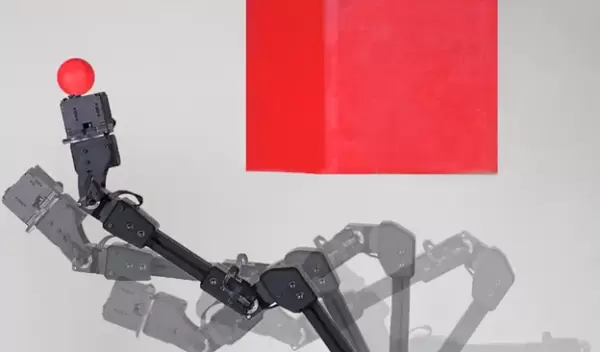
Engineers build a self-aware, self-training robot that can avoid obstacles and assess damage
Engineers at Columbia University working on a project enabled by the National Artificial Intelligence Institute in Dynamic Systems and three separate grants from the U.S. National Science Foundation have built a robot that learns from itself instead of its environment.
The self-aware robot learned a model of its body – something humans do as infants – without intervention or assistance. The results demonstrated how the robot modeled its movements to prepare for motion, avoid impediments and assess damage to its body.
"We humans clearly have a notion of self," explained first author of the study Boyuan Chen. "Close your eyes and try to imagine how your own body would move if you were to take some action, such as stretch your arms forward or take a step backward. Somewhere inside our brain we have a notion of self, a self-model that informs us what volume of our immediate surroundings we occupy, and how that volume changes as we move."
The robot trained itself by watching its image captured by cameras as it responded to various commands, establishing a neural network that understands physical movement and mass.
The scientists were careful to consider the constraints and risks of even limited machine self-awareness through autonomy.


